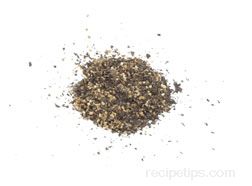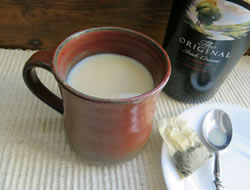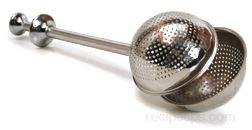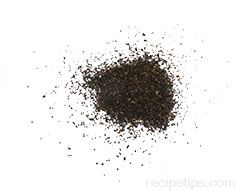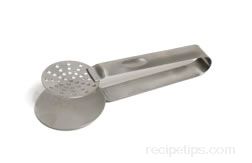When making tea, the type or quality of water that is used can effect the tea significantly. Bottled or filtered water will taste better than water that has been treated by a city using fluoride, chlorine and other chemicals to purify the water. Similarly, well water having high concentrations of iron or other minerals will alter and decrease the full flavor of the tea. When brewing tea, determine the intensity needed, ranging from weak to strong and then add enough tea to reach the desired level. Generally, allowing 3 to 5 minutes for the tea to steep is adequate to achieve the desired intensity. If tea is overbrewed it will become stronger and will contain increased tannin levels, making the tea bitter rather than full flavored. If the tea is brewed hot and is to be saved for drinking later, do not refrigerate it immediately as it will become cloudy in appearance. Adding additional boiling water will remove some or all of the cloudy look. Sun tea is made by allowing water and tea leaves to brew by using direct sunlight. However, the practice of making sun tea may be harmful, since this process to brew tea may encourage the bacteria to grow in the moderately warm water as the tea brews. Therefore, it should be avoided as a way to brew tea.
Tea can be sweetened with sugar, non-sugar sweeteners, honey, or syrup. Since some sugars may not dissolve as effectively in cold water, be prepared to offer honey or syrup as a sweetening alternative. Tea can be flavored easily with herbs or fruits. Strawberries, raspberries or blueberries add a nice touch for flavors or herbs such as mint leaves, cinnamon basil, lemon-thyme sprigs, or pineapple sage will also add a distinctively pleasant taste.
To store, keep bags of tea or loose tea in an air tight container at room temperature. All types of tea can be kept for approximately 2 years before being replaced.

